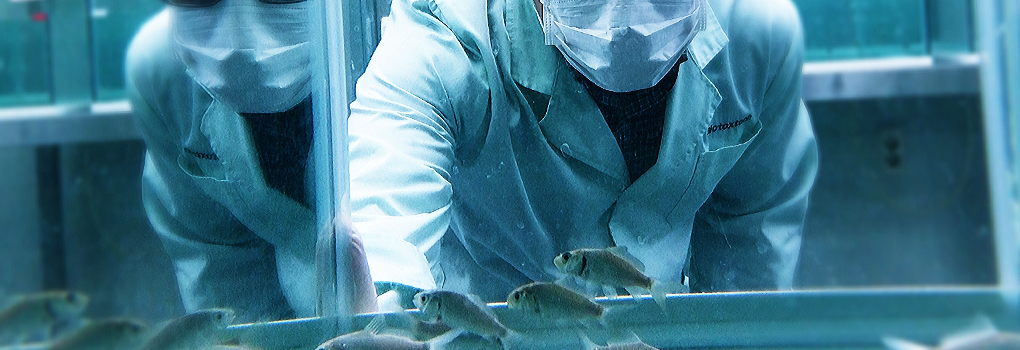BUSINESS
BUSINESSEcotoxicology Studies
Test Introduction
While sustainable ecosystem is established by close relationship with various organisms, it is now a great threat to the current ecosystem due to the decrease in the number of living organisms and their extinction, caused by environmental destruction and pollution from chemicals. It needs a close examination of the oroanism including fertility to learn how chemical pollution affects living organisms.. It is important to acquire information regarding the process of drug metabolism and toxicity of chemicals for the evaluation of the phases of chemicals being exposed to various living organisms and sensibility.
This study in ecotoxicology serves as a necessary source of information to determine the effect of toxicity on the organisms of ecosys-tems in the environment of chemicals and pesticides. Biotoxtech is providing the research services at the early phase of developmental process by performing various methods of examination including the standard ecotoxicology studies.

Trusted Research Evaluations(Applicable to OECD, NIER, RDA)

Freshwater alga, growth inhibition test
Freshwater alga, growth ingibition test will measure the EC50 by exposion it to test materials for 72 hours. The purpose is to clarify the toxicity of test materials to freshwater alga, compared to the density of control group
Ingeneral, the pseudokirchneriella subcapitata is used to experiment the test. It has the appropriate size to measure the cell and easily maintains the growth, and it is being used in
Daphnia magna, Acute Immobilization test
Daphnia magna. Acute Immobilization test clarifies the toxicity of test materials on daphnia magna by exposing the daphnia magna to test materials for 48 hours to measure the inhibition rate of mobility and compare it with control groups.
Generally, young daphnia magna. which is less than 24 hours old. is used in the test. The body of the daphnia magna is greater than 3mm, which is the largest amongst its kind. This species lives in small lakes or ponds, but it is not found in Korea.. Also, it is big and easy to be bred while it is relatively sensitive to toxic materials among other invertebrate species. These features serve as the standard organism of the toxicity test all over the world(as
Fish, Acute Toxicity Test
The purpose of fish, acute toxicity test lies in measuring the acute toxic effect of chemicals and pesticedes on fish. By exposing fish to test substance for total 96 hours, the test determines the density rate of test substance that makes mortality rate of fish higher than 50 percentage. that is exposed after recording each result from 24, 48, 72 and 96 hours.
The fish used for the test such as Oryzias Iatipes of Cyprinus carpio can be easily found among warm water fish living in freshwater, and the final decision on which fish to experiment is made based on other consideration such as economical factor and ecotoxicologic elements. For an experimental species, one or more species will be chosen from the recommended kind in each guideline, and used for the test. The fish must be in healthy status without malformation. (as in OECE test guideline 203)